The Bible, revered by millions as a sacred text, has long been a subject of historical and archaeological scrutiny. Over the years, numerous excavations and discoveries have shed light on the historical accuracy of various biblical accounts, bridging the gap between faith and empirical evidence.
From ancient cities to royal seals, archaeologists have uncovered tangible proof of people, places, and events described in the Bible. These findings not only validate specific scriptural narratives but also provide valuable insights into the cultural, social, and political landscapes of biblical times, enriching our understanding of this pivotal era in human history.
The Exodus from Egypt
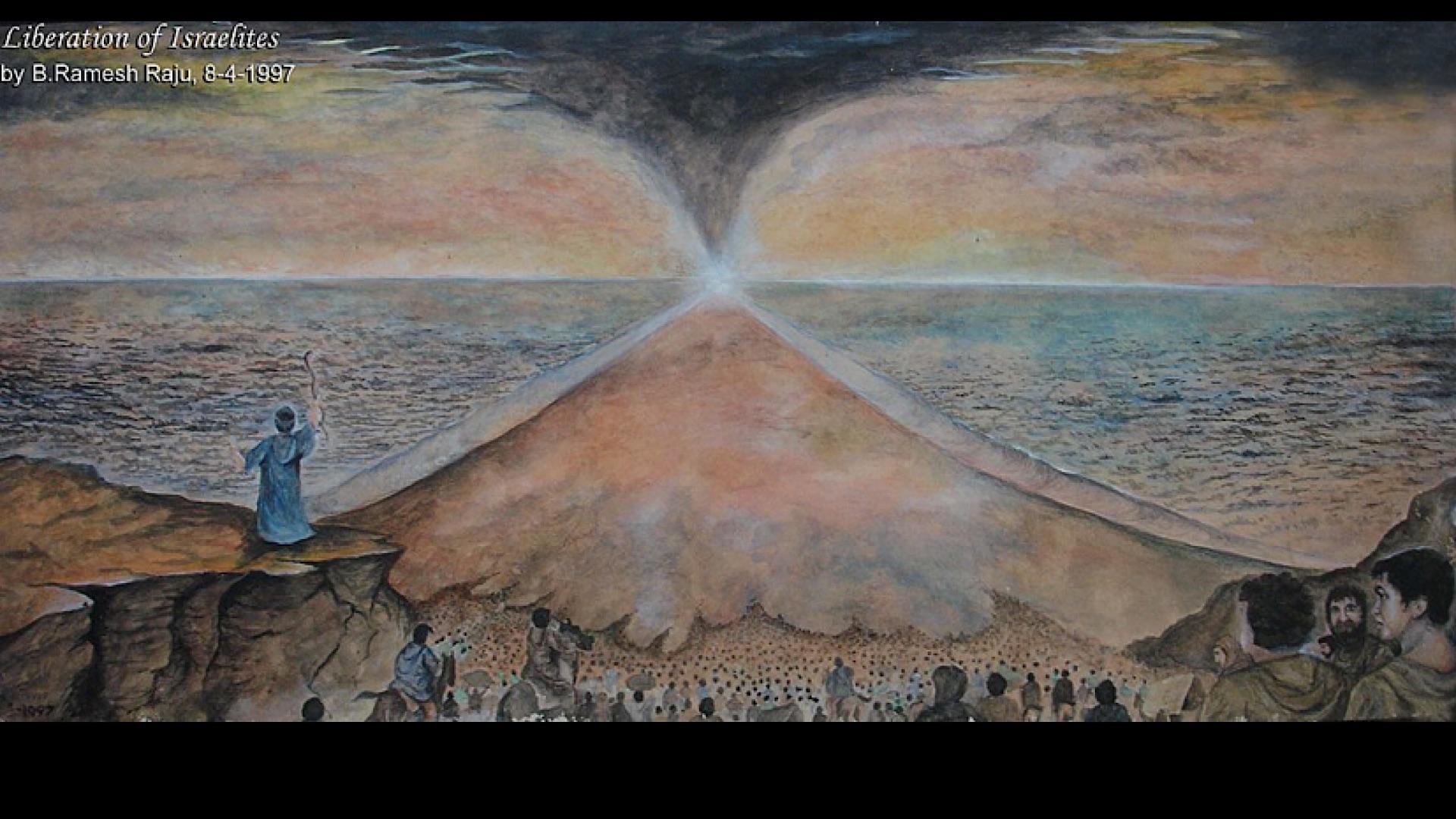
Archaeological evidence for the Exodus is indirect and debated. Excavations at sites like Tel el-Daba (possibly ancient Avaris) have revealed Semitic settlements in Egypt’s Nile Delta during the relevant period. The Ipuwer Papyrus describes events similar to the biblical plagues, though its dating and interpretation are contested.
Some scholars point to the Hyksos expulsion from Egypt as a possible historical basis for the Exodus narrative. Additionally, evidence of Israelite culture appearing in Canaan around 1200 BCE aligns with the biblical timeline, though the exact nature of their arrival remains disputed.
King David’s reign

The Tel Dan Stele, discovered in 1993, provides the first historical evidence of King David outside the Bible. This 9th-century BCE Aramaic inscription mentions the “House of David,” confirming the existence of a Davidic dynasty. The Mesha Stele also potentially references David, though this interpretation is debated.
Excavations in Jerusalem have uncovered monumental architecture from the 10th century BCE, possibly dating to David’s reign. While direct evidence of David himself remains elusive, these findings support the existence of a centralized monarchy in Judah during the biblical period of his rule.
Solomon’s Temple construction

While no direct remains of Solomon’s Temple have been found due to later reconstructions, archaeological evidence supports the existence of a significant temple in Jerusalem during the 10th century BCE. Excavations have revealed monumental structures and fortifications from this period, indicating a centralized authority capable of large-scale building projects.
The discovery of the Tel Motza temple complex near Jerusalem provides insights into temple architecture of the period. Additionally, parallels between biblical descriptions of Solomon’s Temple and other ancient Near Eastern temples, such as the ‘Ain Dara temple in Syria, lend credibility to the biblical account.
Babylonian Captivity
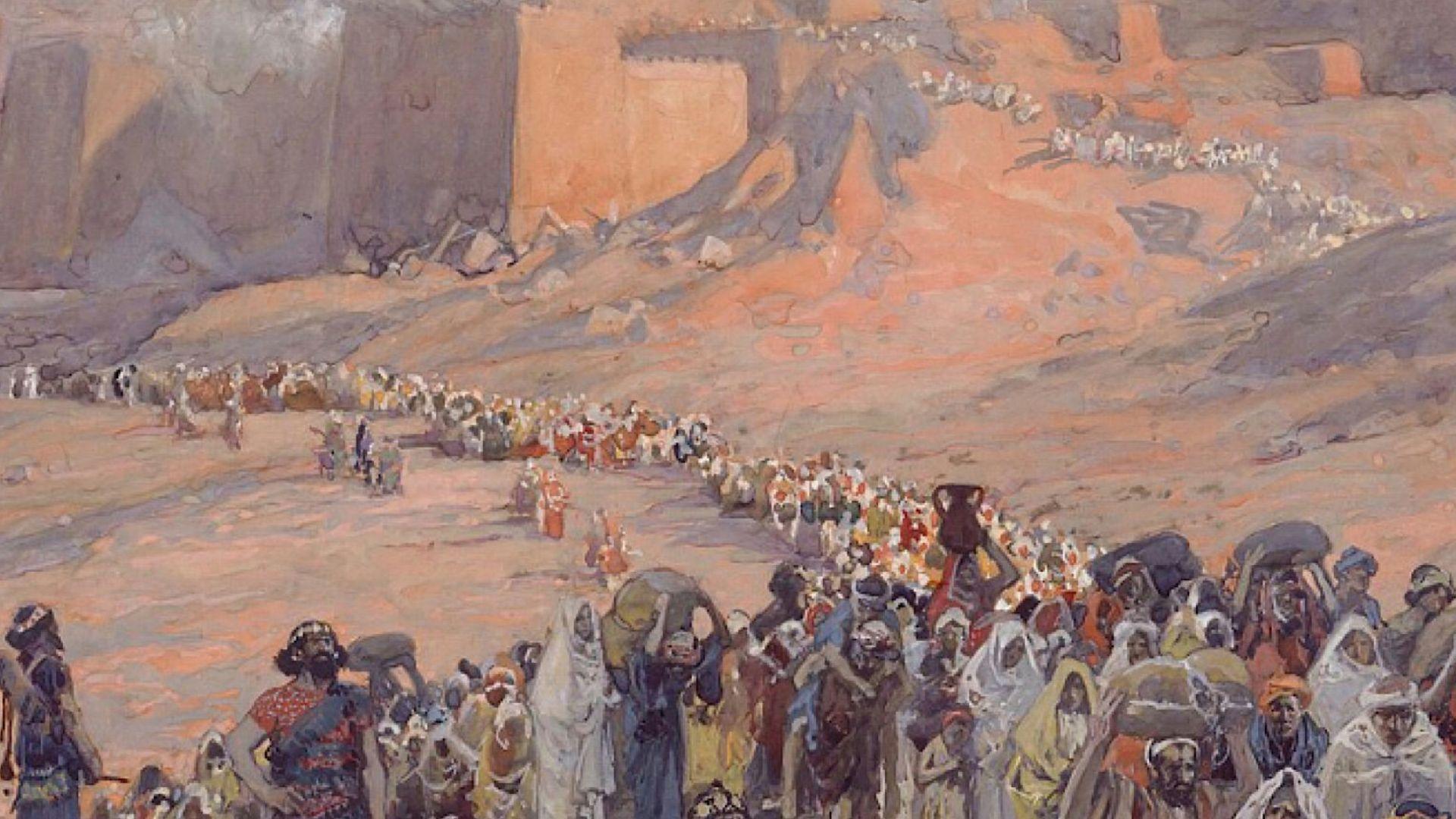
The Babylonian Chronicle, a series of clay tablets discovered in Mesopotamia, corroborates the biblical account of Nebuchadnezzar II’s conquest of Jerusalem in 597 BCE. These tablets detail the Babylonian king’s military campaigns, including his capture of Jerusalem and the deportation of its king.
Archaeological excavations in Jerusalem have uncovered evidence of destruction layers dating to this period, including burned buildings and Babylonian arrowheads. In Babylon, clay tablets known as the Al-Yahudu texts document the presence of Judean exiles, providing direct evidence of the Jewish community in Babylonian captivity.
Jesus’ crucifixion

While there is no direct archaeological evidence of Jesus’ crucifixion, findings support the historical context of Roman crucifixion practices. The discovery of the crucified remains of Yehohanan in Jerusalem in 1968 provides physical evidence of crucifixion during the time of Jesus.
Textual evidence, such as the writings of Roman historians Tacitus and Josephus, mentions Jesus’ execution under Pontius Pilate. The discovery of the Pilate Stone in Caesarea Maritima in 1961 confirms Pilate’s role as prefect of Judea, corroborating the biblical narrative’s historical setting.
Destruction of Jerusalem (70 AD)
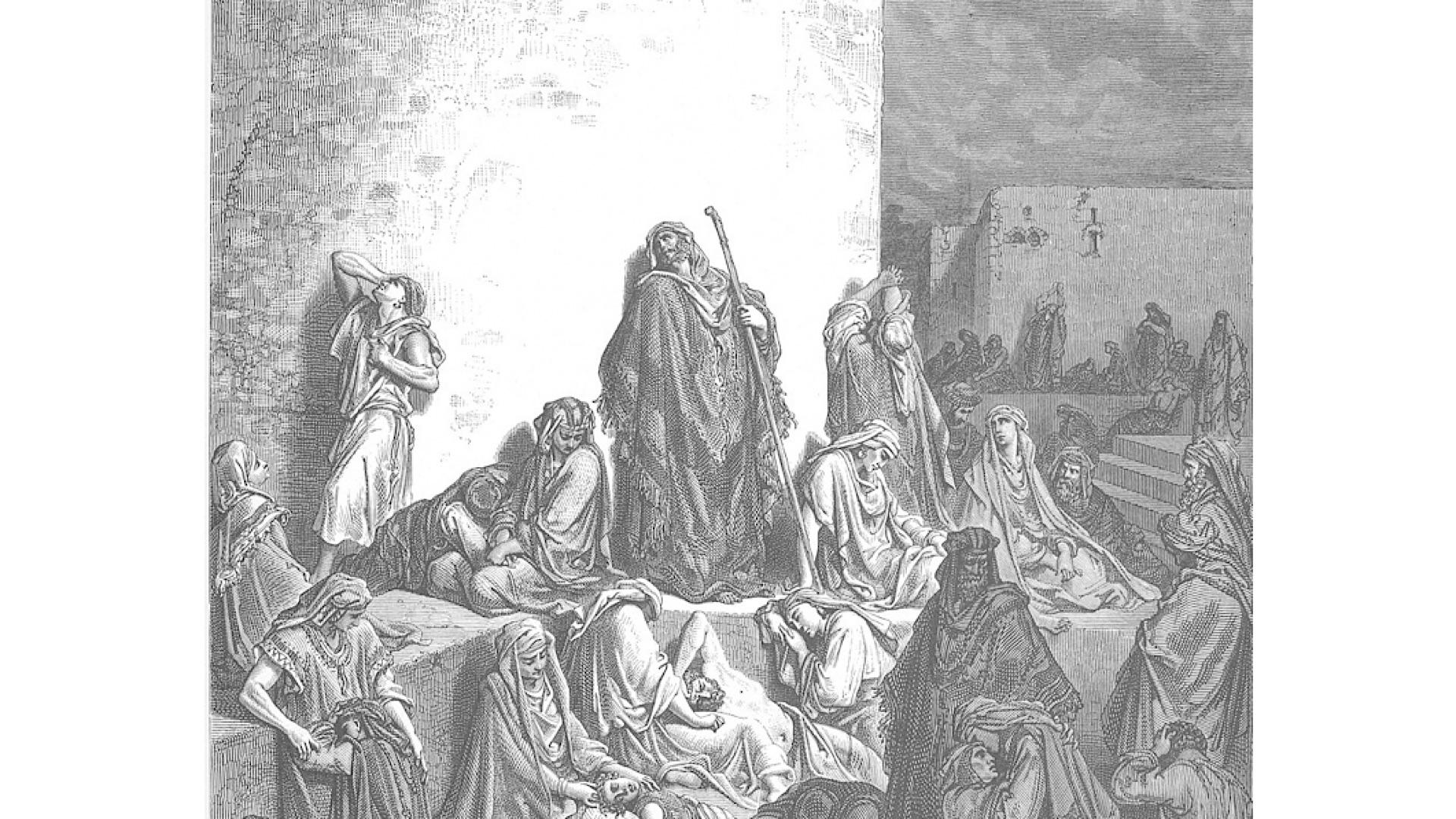
Extensive archaeological evidence supports the Roman destruction of Jerusalem in 70 CE. Excavations around the Temple Mount have uncovered layers of ash, burned debris, and Roman arrowheads, consistent with the account of the city’s siege and burning as described by historian Josephus.
The Arch of Titus in Rome, erected to commemorate the Roman victory, depicts the spoils of war taken from the Jerusalem Temple, including the menorah. Additionally, coins minted by the Romans to celebrate their victory over Judea (“Judea Capta” coins) provide numismatic evidence of this historical event.
Noah’s Flood
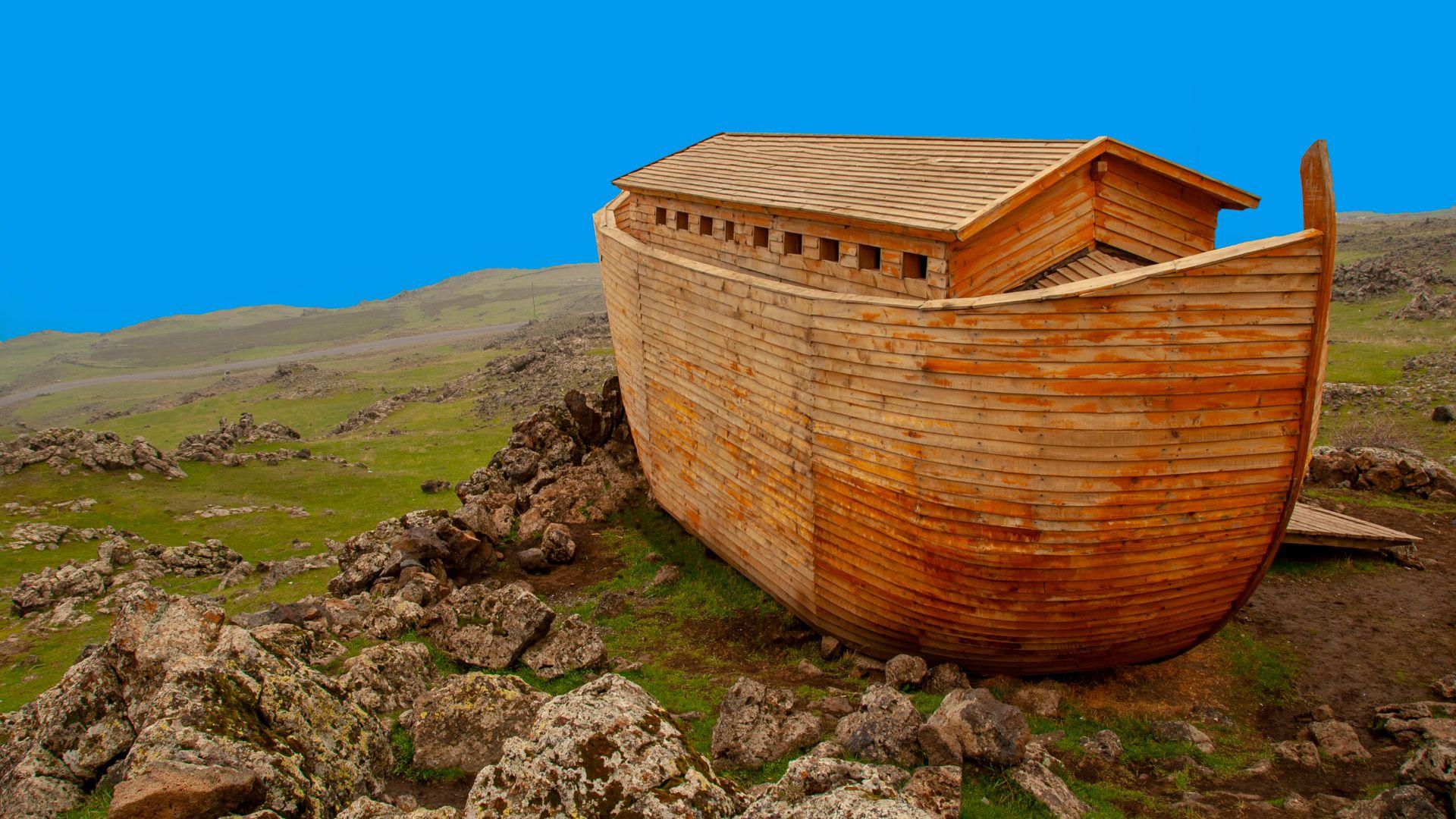
Geological evidence does not support a global flood as described in the Bible. However, some researchers propose that a catastrophic local flood in the Black Sea region around 5600 BCE could have inspired the Noah’s Ark story. This event, known as the Black Sea deluge hypothesis, suggests that rising post-glacial sea levels caused the Mediterranean to breach a natural dam, rapidly flooding a freshwater lake.
Critics argue that this hypothesis doesn’t align with the biblical timeline and lacks conclusive evidence. Alternative theories propose that the flood story may be based on regular flooding in Mesopotamian river valleys or may be entirely mythological, shared across many ancient cultures. No archaeological evidence of Noah’s Ark has been scientifically verified.
Tower of Babel
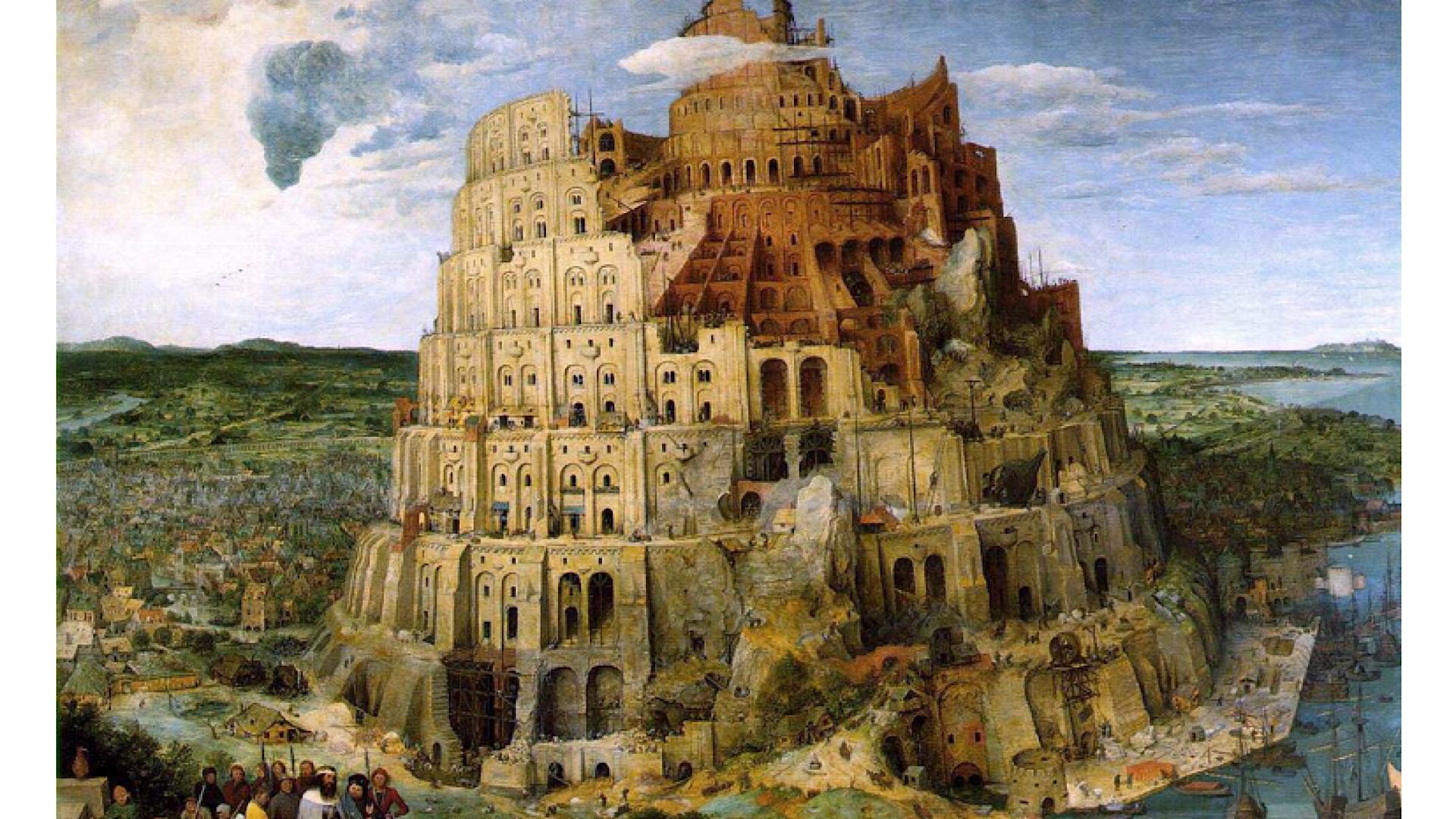
The archaeological site of Babylon contains ruins of a ziggurat called Etemenanki, which some scholars associate with the Tower of Babel. This massive stepped tower, dedicated to the god Marduk, was about 91 meters tall and was rebuilt several times throughout history. Cuneiform tablets describe its construction and appearance, aligning with some biblical descriptions.
However, direct archaeological evidence linking Etemenanki to the biblical Tower of Babel is lacking. The story may be a metaphorical explanation for linguistic diversity or a cautionary tale against human hubris. Some scholars suggest it could be based on memories of earlier Sumerian ziggurats or the fall of the Akkadian Empire.
Sodom and Gomorrah’s destruction
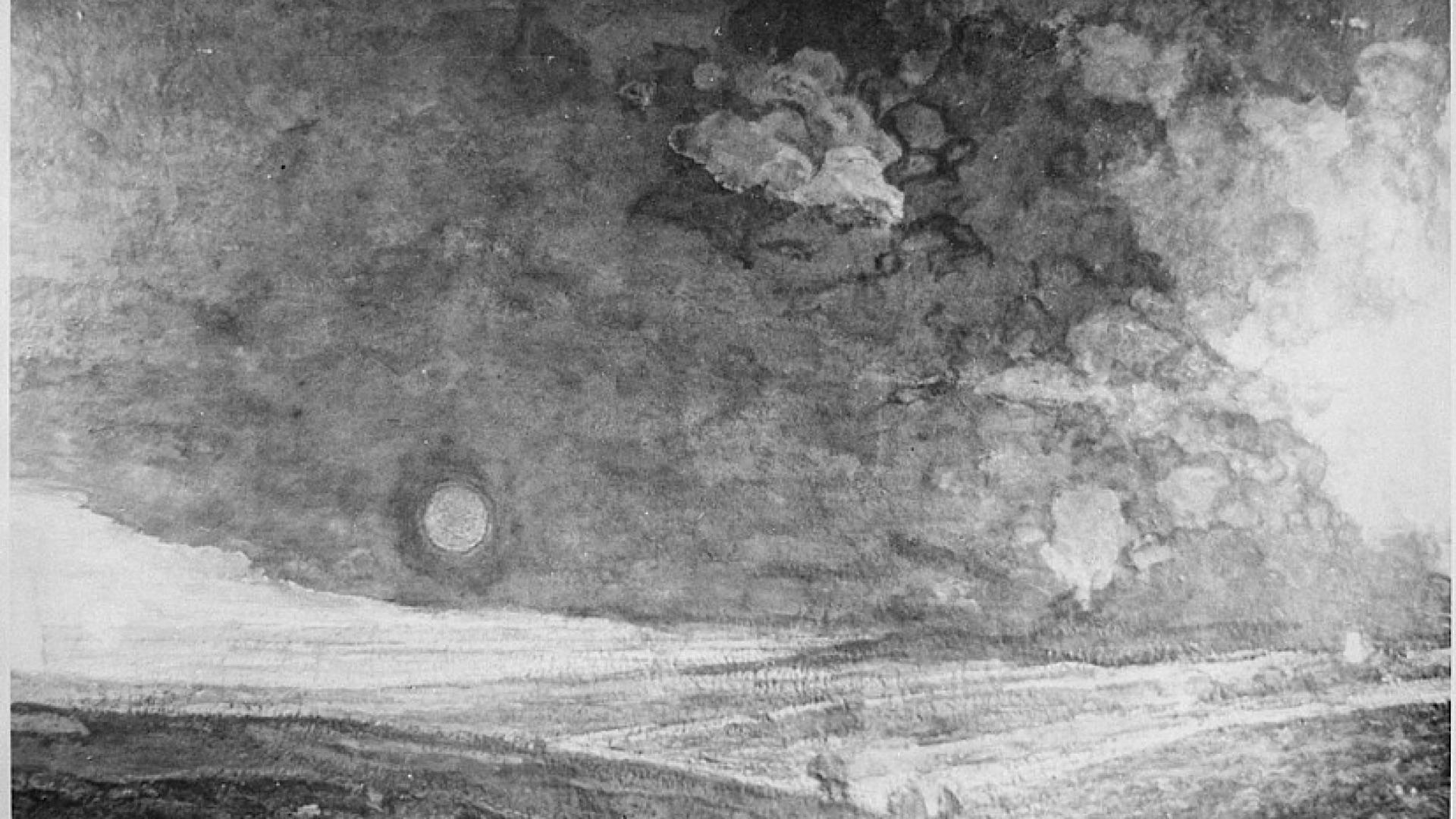
Excavations at Tell el-Hammam, an archaeological site in Jordan, have revealed evidence of a possible cosmic airburst around 1650 BCE. This catastrophic event caused destruction layers containing melted pottery, scorched foundations, and human remains. Some researchers propose this site could be the biblical Sodom, with the airburst explaining the “fire and brimstone” described in Genesis.
Critics argue that the dating of this event doesn’t align with biblical chronology, and the identification of Tell el-Hammam as Sodom remains contested. Alternative theories suggest that the story might be based on natural disasters like earthquakes or volcanic eruptions. The exact locations of Sodom and Gomorrah remain unconfirmed, and debate continues among archaeologists and biblical scholars.
Jericho’s Fall
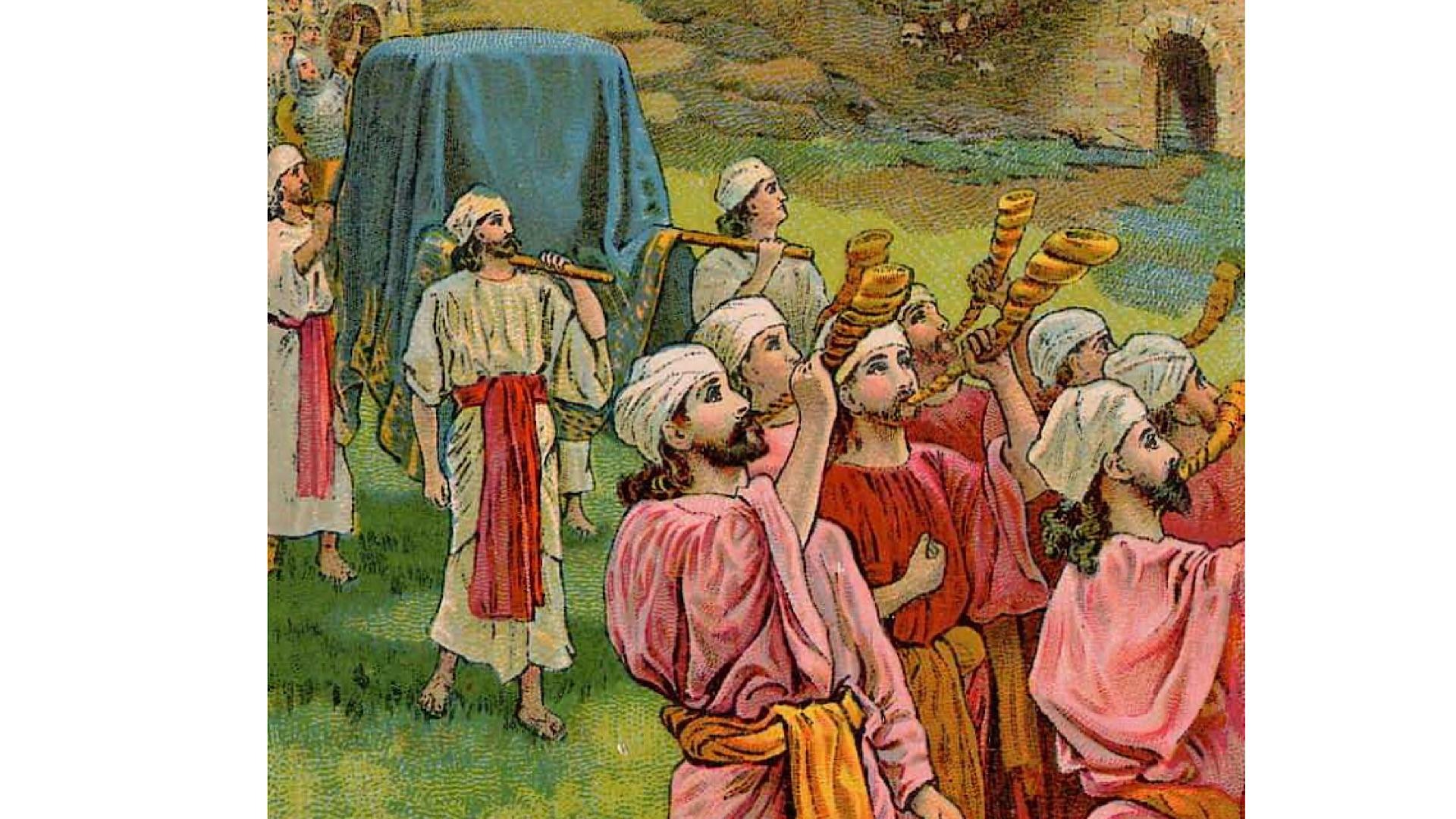
Excavations at Tell es-Sultan, the site of ancient Jericho, have uncovered evidence of a destructive event around 1550 BCE. Archaeologists found collapsed walls, ash layers, and signs of fire, potentially aligning with the biblical account. Some scholars argue that these findings support the historicity of Joshua’s conquest.
However, the dating of this destruction layer is problematic, as it predates the commonly accepted timeline for the Israelite conquest by about 150 years. Some researchers propose alternative dating methods or suggest that the biblical account may combine multiple historical events. The lack of clear evidence for a large-scale Israelite invasion during this period continues to fuel debate among scholars.
Hezekiah’s Tunnel Construction
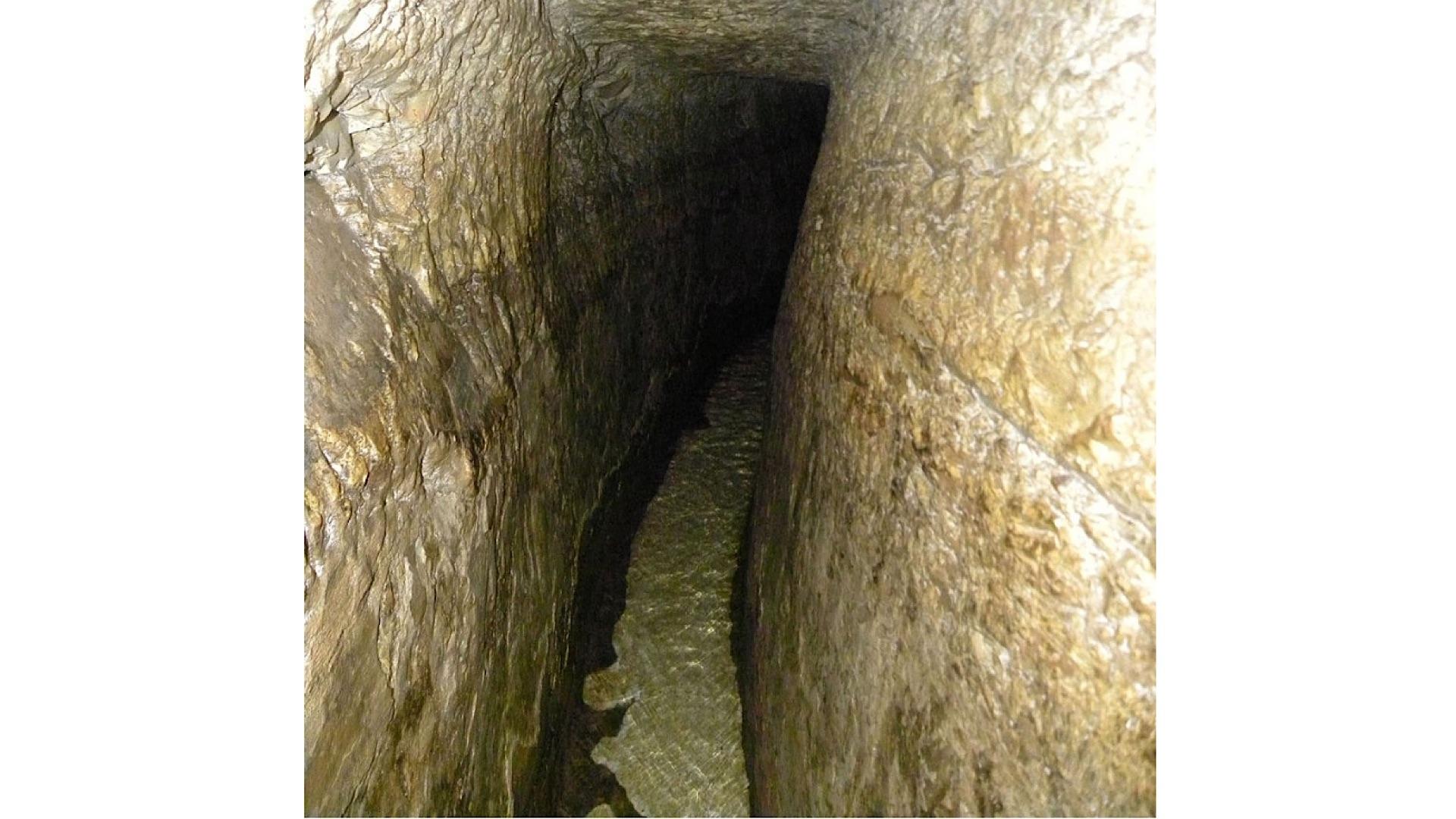
The Siloam Tunnel, also known as Hezekiah’s Tunnel, is an 8th-century BCE water conduit in Jerusalem. This 533-meter-long tunnel, carved through solid rock, diverts water from the Gihon Spring to the Pool of Siloam. An inscription found in the tunnel describes its construction, corroborating the biblical account in 2 Kings and 2 Chronicles.
Archaeological evidence, including radiocarbon dating of organic materials in the tunnel’s plaster, supports its construction during Hezekiah’s reign. The tunnel’s sophisticated engineering and the accuracy of the biblical description provide strong evidence for the historicity of this event. It remains one of the most well-documented archaeological connections to a specific biblical narrative.

